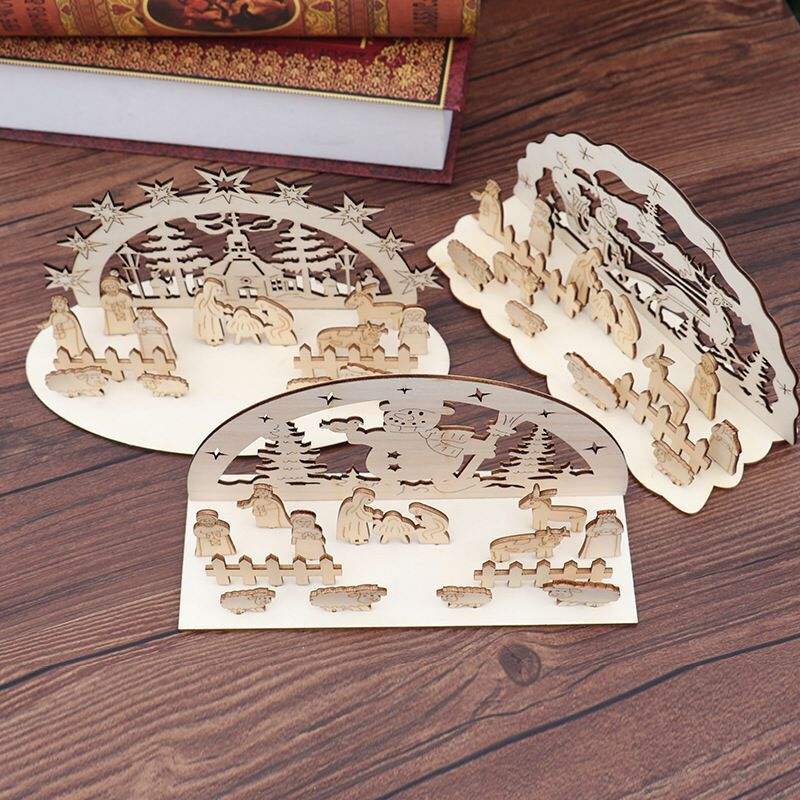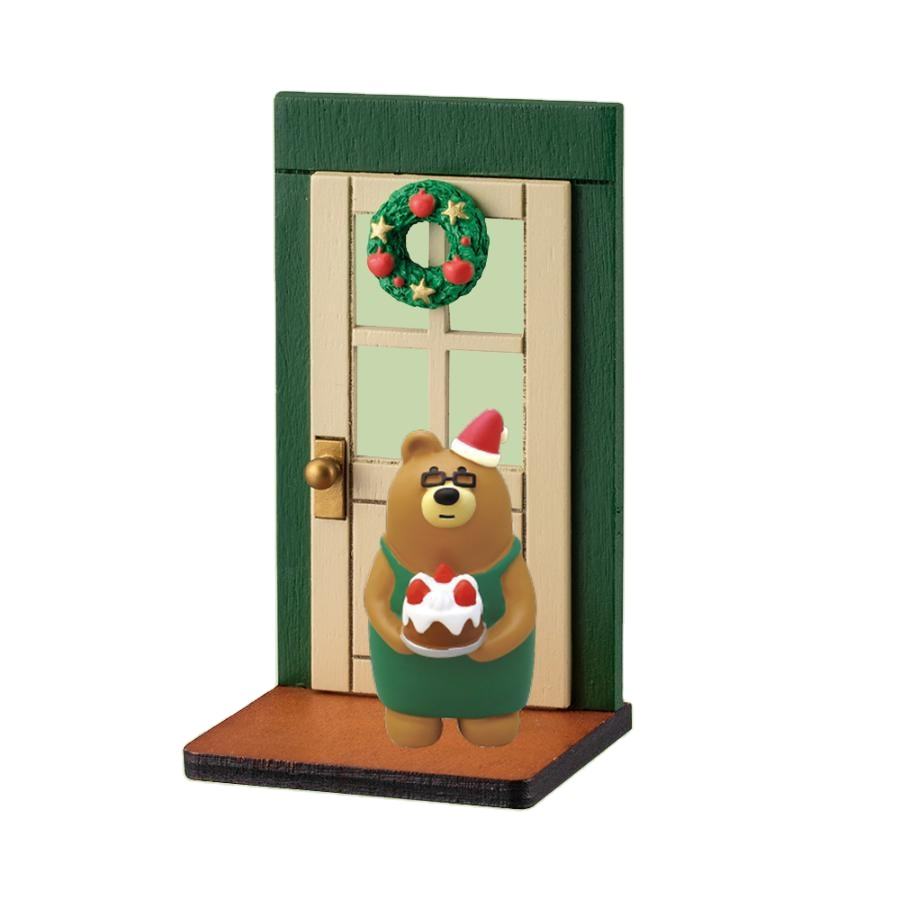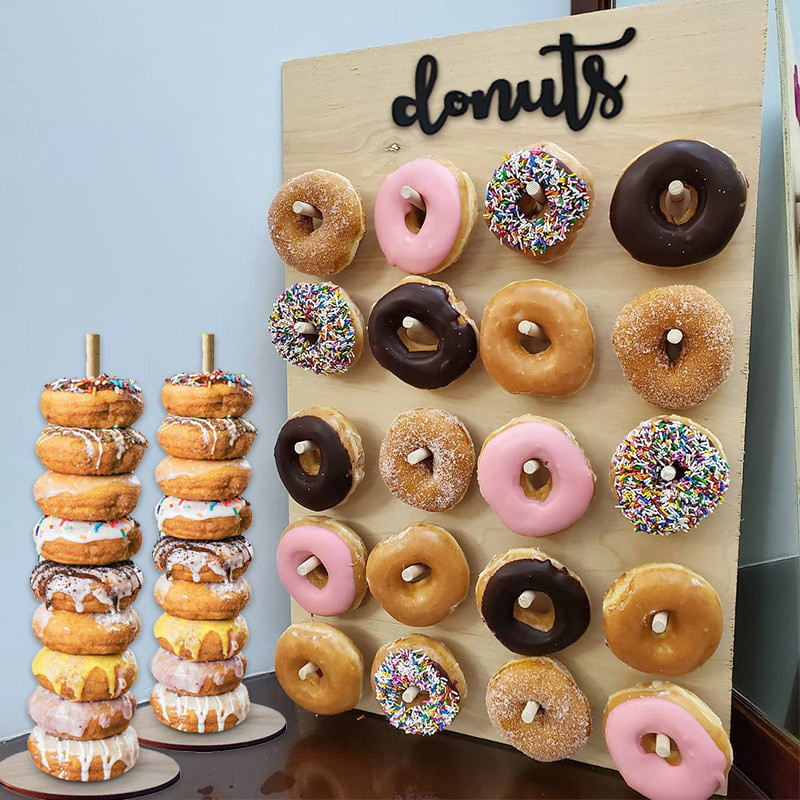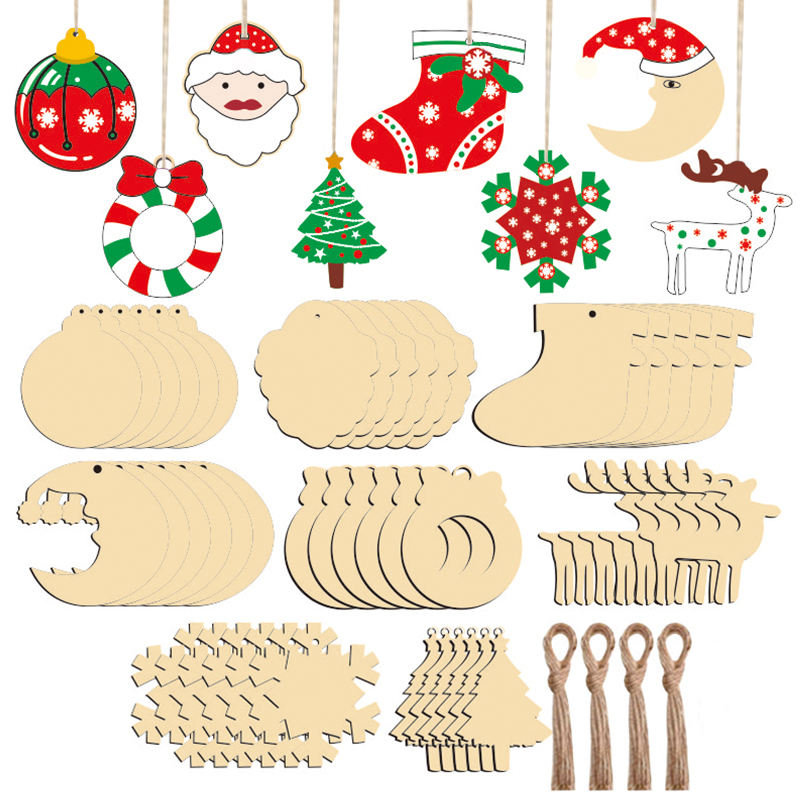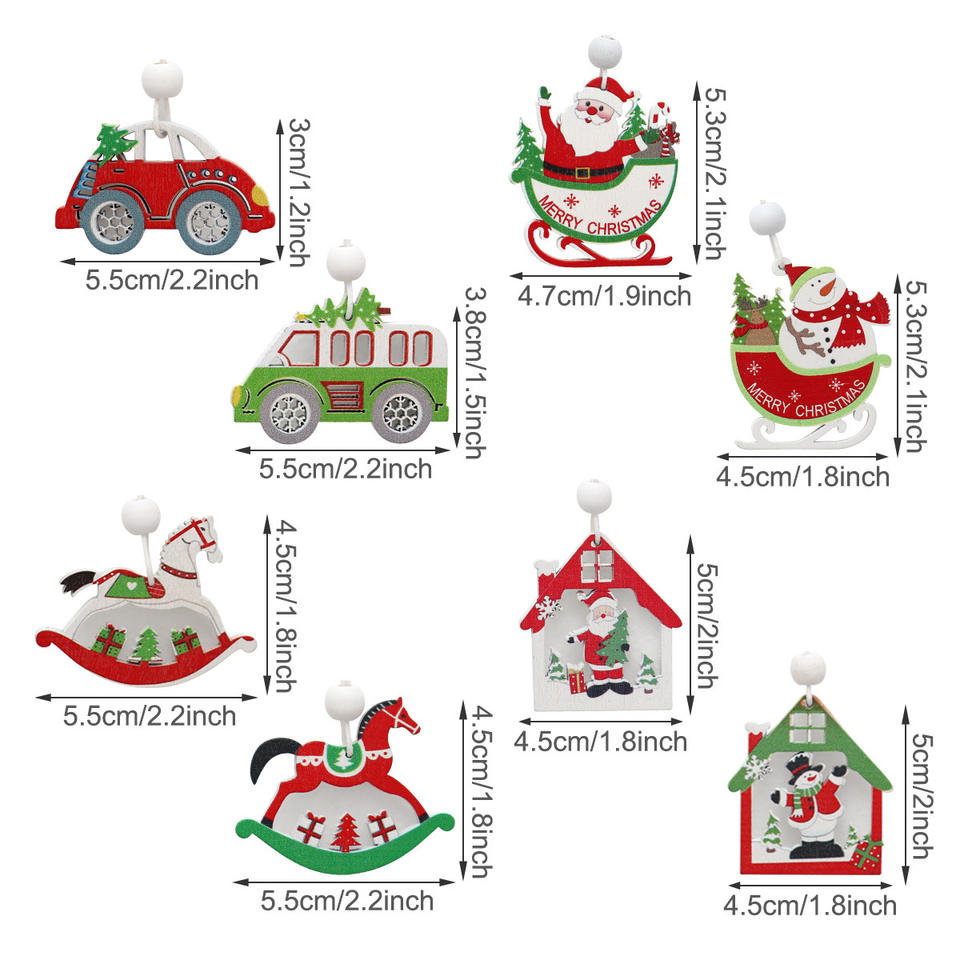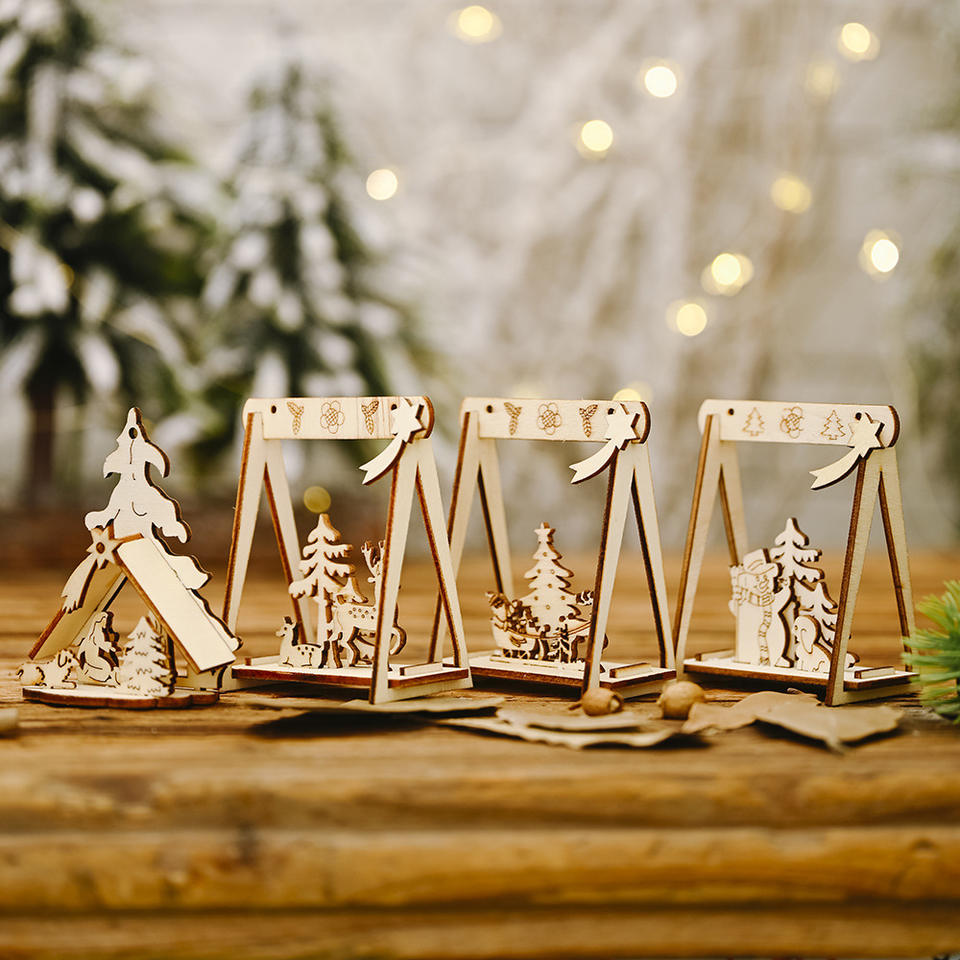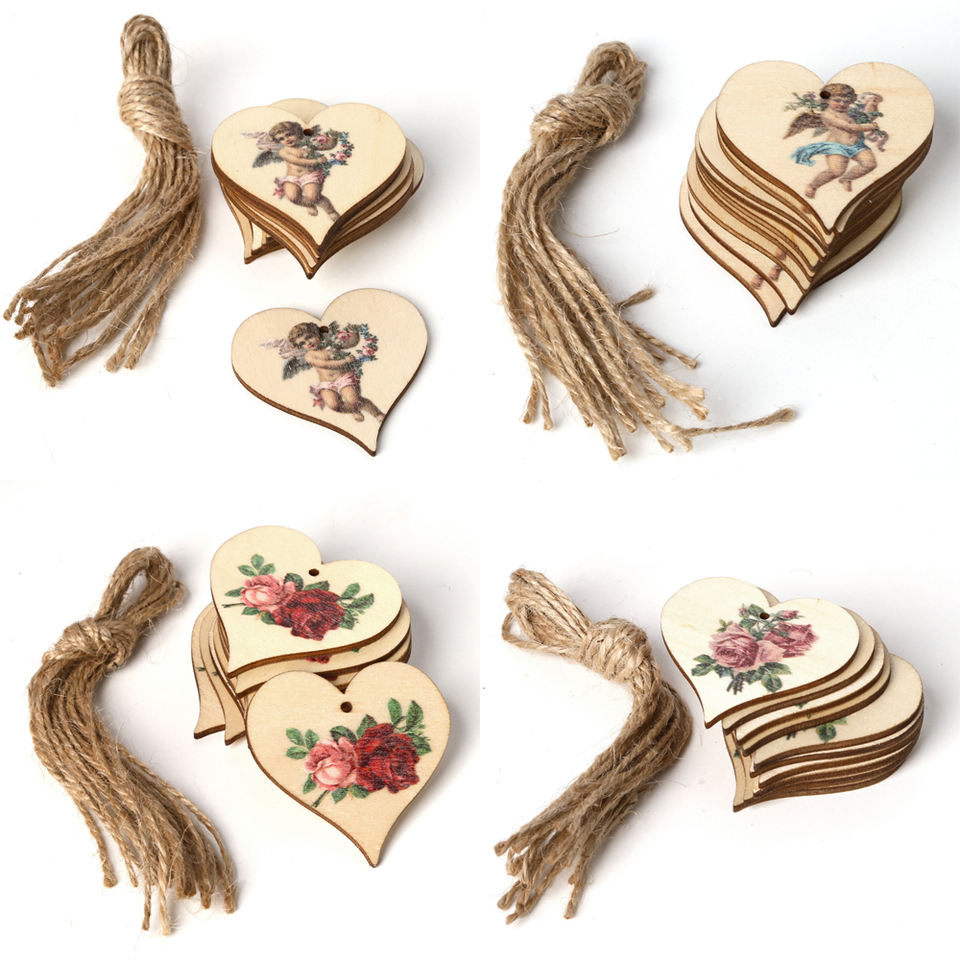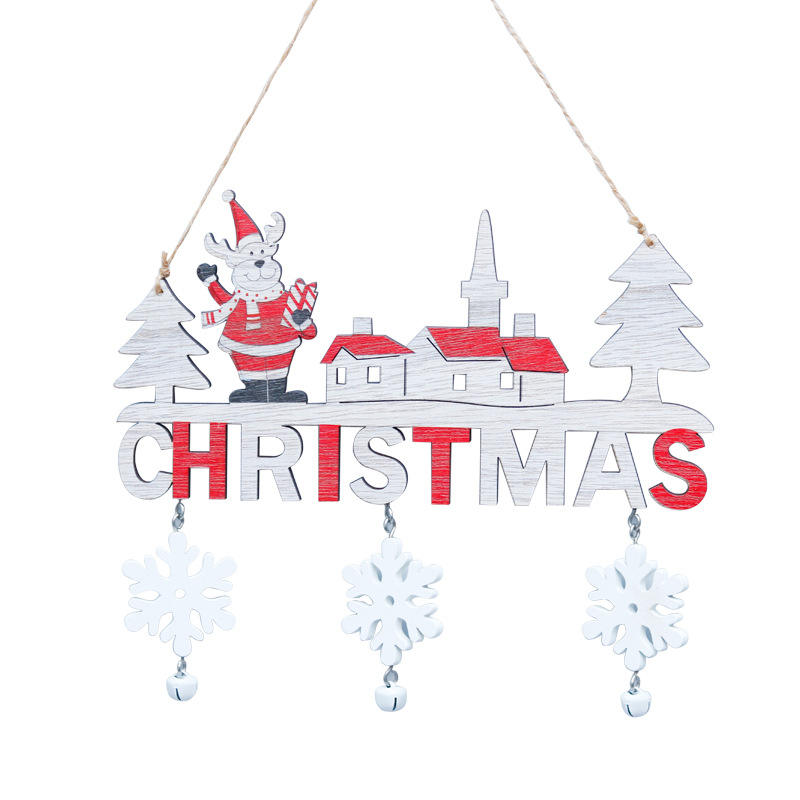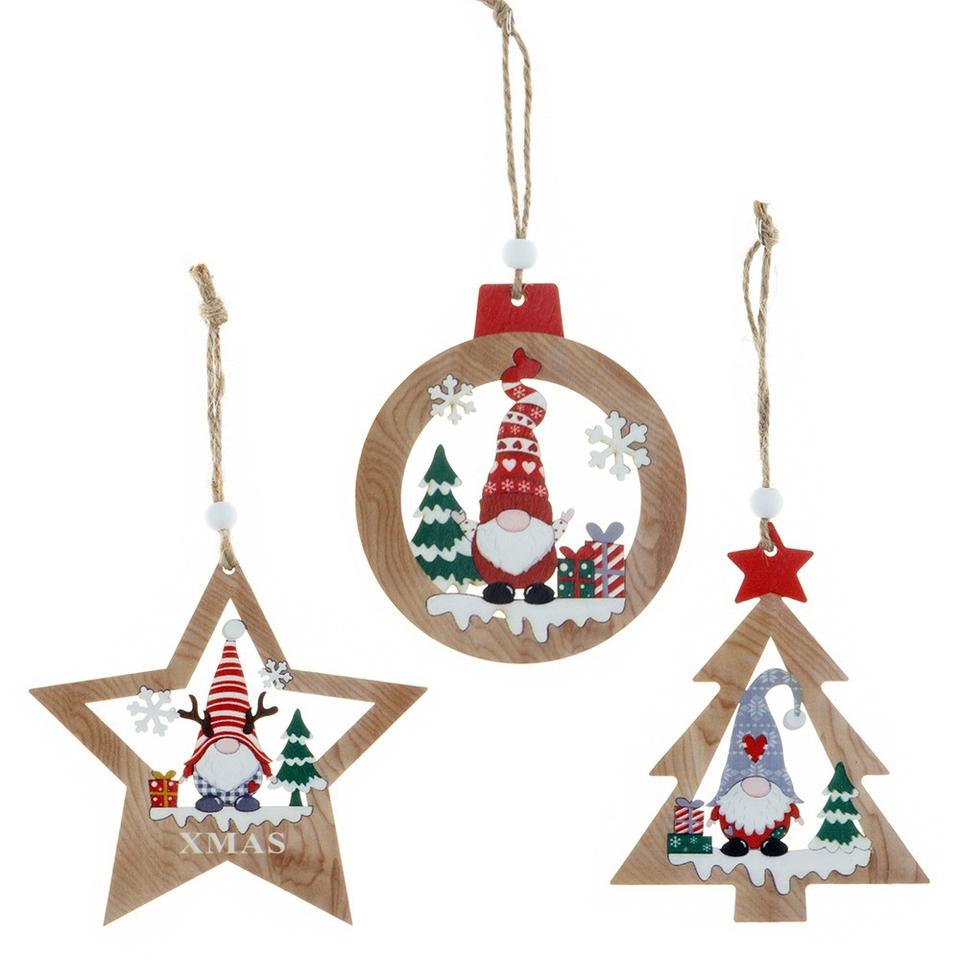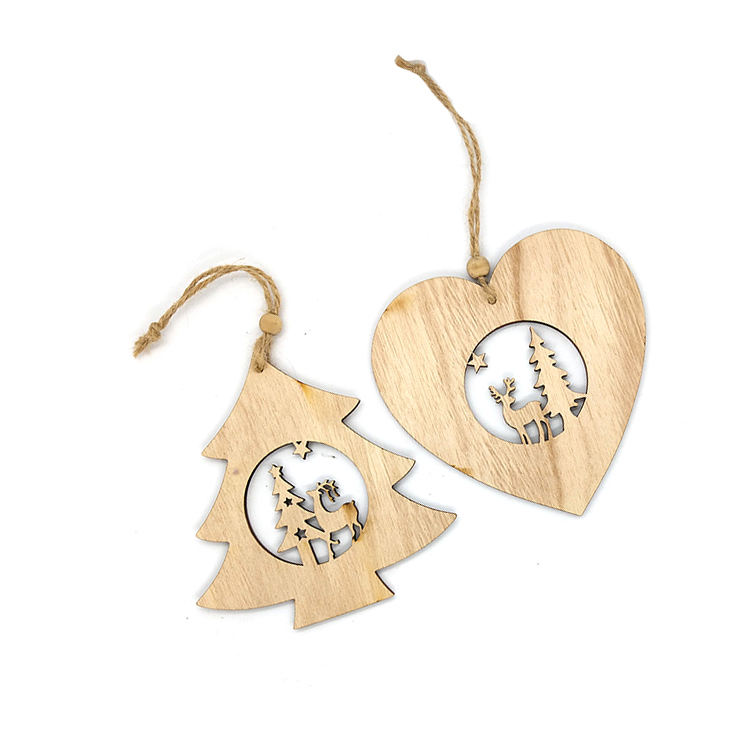Home / News / The Art Of Festival Ornaments And Christmas Decorations
Festival ornaments and Christmas decorations are integral elements of holiday traditions worldwide. These exquisite embellishments play a significant role in creating festive atmospheres, evoking nostalgia, and spreading joy. In this article, we delve into the art and craftsmanship behind festival ornaments and Christmas decorations, exploring their history, design considerations, and cultural significance.
Historical Evolution:
Festival ornaments, including Christmas decorations, have a rich historical lineage. The tradition of adorning homes and public spaces during festivals dates back centuries. Evergreens, such as holly and mistletoe, were among the earliest symbols of the holiday season. Over time, these traditions evolved to include more elaborate ornaments and decorations.
Design Considerations:
Creating festival ornaments and Christmas decorations is an intricate art form that blends aesthetics, cultural symbolism, and craftsmanship:
1. Materials: These ornaments are crafted from various materials, including glass, wood, metal, and fabric. Each material offers unique properties that influence the ornament's appearance and durability.
2. Aesthetics: Design aesthetics encompass shapes, colors, and patterns. Ornaments can range from traditional red and green to modern, minimalist designs, reflecting evolving tastes and trends.
3. Handcrafted vs. Mass-Produced: Many festival ornaments are still meticulously handcrafted by artisans, showcasing their skills and attention to detail. Mass-produced decorations offer affordability and accessibility.
4. Cultural Significance: Different cultures have distinct holiday ornament traditions. For instance, German glass-blown ornaments and Scandinavian wooden decorations each carry their own cultural significance.
5. Symbolism: Many ornaments hold symbolic meanings. For example, the Christmas tree represents life and renewal, while the candy cane symbolizes the shepherd's crook and the Nativity story.
Cultural Significance:
Festival ornaments and Christmas decorations have deep cultural significance in diverse regions:
1. Europe: In Europe, particularly Germany, the tradition of decorating Christmas trees with hand-blown glass ornaments dates back to the 17th century. These ornaments symbolize the beauty of creation and the light of Christ.
2. Scandinavia: Scandinavian countries are known for their wooden ornaments, often featuring intricate designs like hearts, stars, and animals. These ornaments celebrate nature and the winter solstice.
3. Asia: In countries like Japan, Christmas ornaments blend traditional designs with Western influences, resulting in unique and elegant decorations that signify joy and celebration.
4. North America: Christmas decorations in North America include a wide range of styles, from traditional to contemporary. Ornaments often symbolize family, unity, and the spirit of giving.
Craftsmanship and Artistry:
The creation of festival ornaments and Christmas decorations demands skilled craftsmanship and artistry. Artisans painstakingly shape, paint, and embellish each piece, whether it's a delicate glass bauble or a hand-carved wooden figure. These craftspeople infuse their creations with creativity and dedication, ensuring that every ornament is a work of art.
Festival ornaments and Christmas decorations are much more than mere adornments; they are expressions of culture, tradition, and artistry. These decorative elements continue to evolve with changing tastes and preferences, yet they remain essential in capturing the spirit of the holiday season. Whether handcrafted or mass-produced, these ornaments play a vital role in bringing joy and festive cheer to homes and communities around the world. As we celebrate the holidays, let us appreciate the craftsmanship and cultural significance behind these cherished festival ornaments and Christmas decorations.
